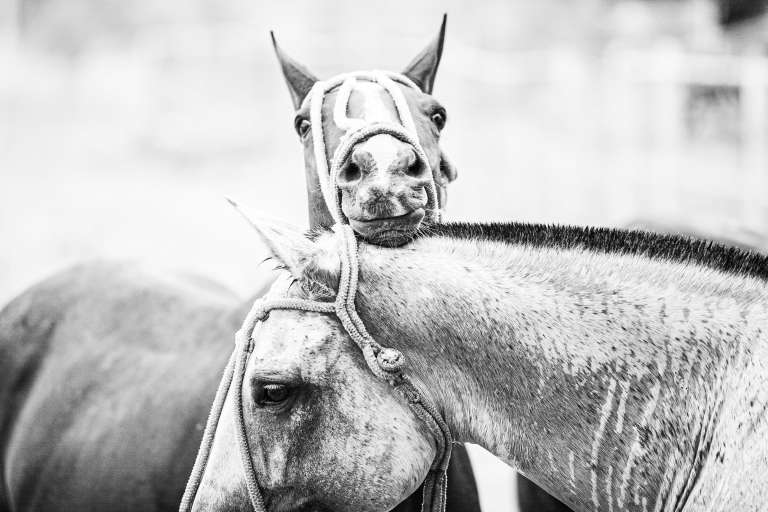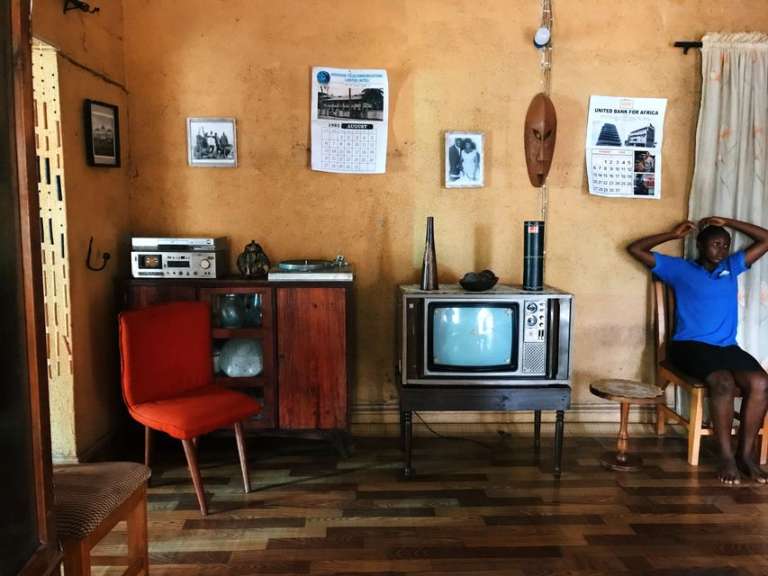Introduction
Photography is a powerful medium for capturing the essence of a people and their culture. In Nigeria, photography has a rich and vibrant history that dates back to the 19th century. From the early pioneers who introduced the art to the country to the modern-day photographers who continue to push the boundaries, Nigerian photography has evolved and grown to become an integral part of the nation’s artistic heritage.
The Colonial Era
The history of photography in Nigeria dates back to the arrival of European colonialists. Imperialism and colonial photographic practices both flourished during the 19th century, and both extended themselves, with cosmetic adaptations, into the 20th century. The colonists brought with them the technology of photography, which they used to document their colonial exploits and the people they encountered. Some of the earliest photographs taken in Nigeria were by British photographer, Jonathan Hooper, who documented the people and landscapes of Lagos in the 1860s.
The Pioneer Photographers in Nigeria
Over time, photography became more accessible to Nigerians, and it was used to document important cultural events such as weddings, funerals, and religious ceremonies. Notable photographers during this period include J.A. Green, who documented the social and cultural life of the Niger Delta in the early 20th century.
In the early 20th century, Nigerian photographers began to emerge, although their work was not widely recognized or celebrated but was encouraged and motivated by the Christian missionaries. One of the earliest Nigerian photographers was Chief Solomon Osagie Alonge, who worked as the official photographer to the Royal Court of Benin in the 1930s and 1940s and was also a Chief in the Iwebo Palace society. Alonge’s work was notable for its attention to detail and composition, and he documented the daily lives and ceremonies of the Benin people. Through these notable people, more prominence was brought into the photography business that the National Professional Photographers Association was created.

The Post-Independence Era
Following Nigeria’s independence in 1960, there was a surge in the number of photographers and photography studios in the country. Photographers began to take personal and detailed photographs through their own perspectives and tell stories through their lenses. Many Nigerian photographers began to focus on documenting the social and cultural aspects of Nigerian life, including the diverse cultures, festivals, and ceremonies of the country. The Nigerian Civil War, which lasted from 1967 to 1970, also had a significant impact on photography in Nigeria. Many photographers documented the war and its aftermath, providing a unique insight into the country’s history.
Photographers take on several projects that speak about their tradition and what was happening around them during this period. Notable Photographers like J.D. ‘Okhai Ojeikere, who captured the beauty of Nigerian hairstyles in his iconic series “Hairstyles,” and Samuel Fosso, who used self-portraits to explore themes of identity and representation.

The Digital Age: 2000s-Present
The advent of digital photography in the early 2000s has revolutionized the industry, making photography more accessible and affordable than ever before. Nigerian photographers have embraced this new technology and have used it to push the boundaries of the art form. With the rise of social media, photographers can now easily share their work with a global audience, and photography has become a powerful tool for social activism and political commentary. Notable photographers during this period include Andrew Esiebo, who uses photography to document urban landscapes and the effects of globalization, and Abraham Oghobase, who explores themes of migration and displacement.

The Impact of Technology
A lot has changed from the prestigious and historical photographs and photographers to the advent of digital technology that has had a significant impact on photography in Nigeria. The widespread availability of digital cameras and smartphones has made photography more accessible, allowing more people to engage with the medium. Social media platforms such as Instagram have also provided a platform for Nigerian photographers to showcase their work to a global audience. However, the availability of digital technology has also led to challenges such as the proliferation of untrained photographers and the decline of traditional photography techniques and concepts that prestigious photographers have worked on in previous years.
Our Final Thoughts
Photography is an art and this artwork has continued to grow through the years. With the Passion and dedication photographers have put into capturing photographs that have resonated with our culture and the way we live, things have been made easier with the help of technology too. As technology continues to evolve, so too will the world of Nigerian photography. With the rise of virtual and augmented reality, photographers will be able to create immersive experiences that transport viewers to new worlds. Additionally, as the country continues to develop, Nigerian photographers will play a vital role in documenting the changes and shaping the cultural identity of the nation.






History of Photography in Nigeria: A Brief Look at its Evolution